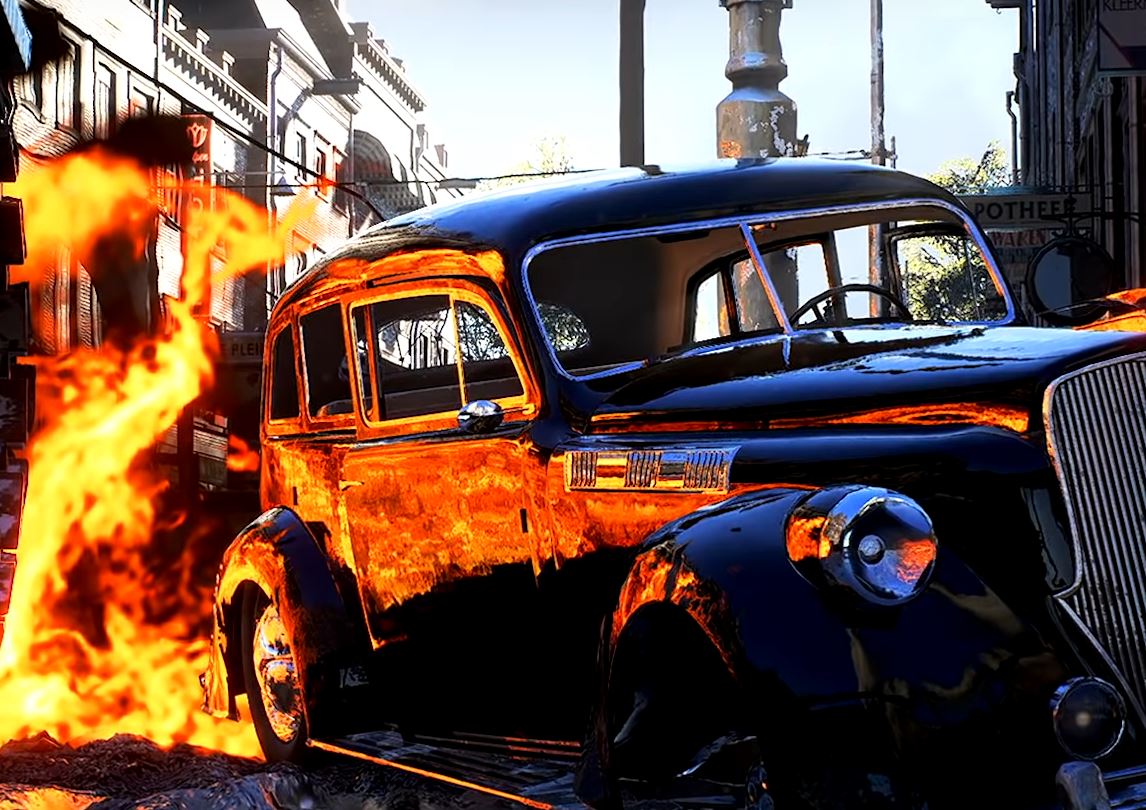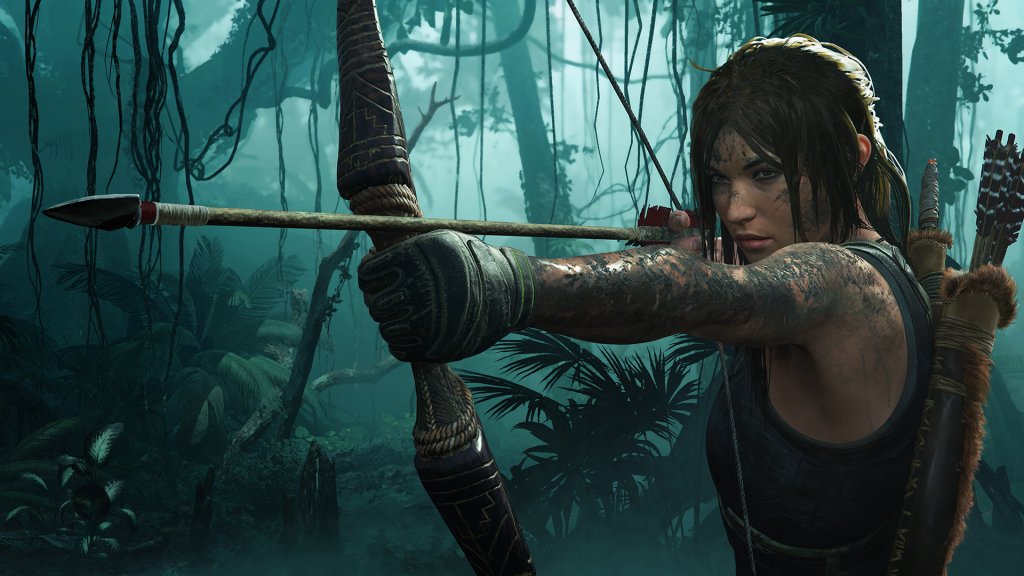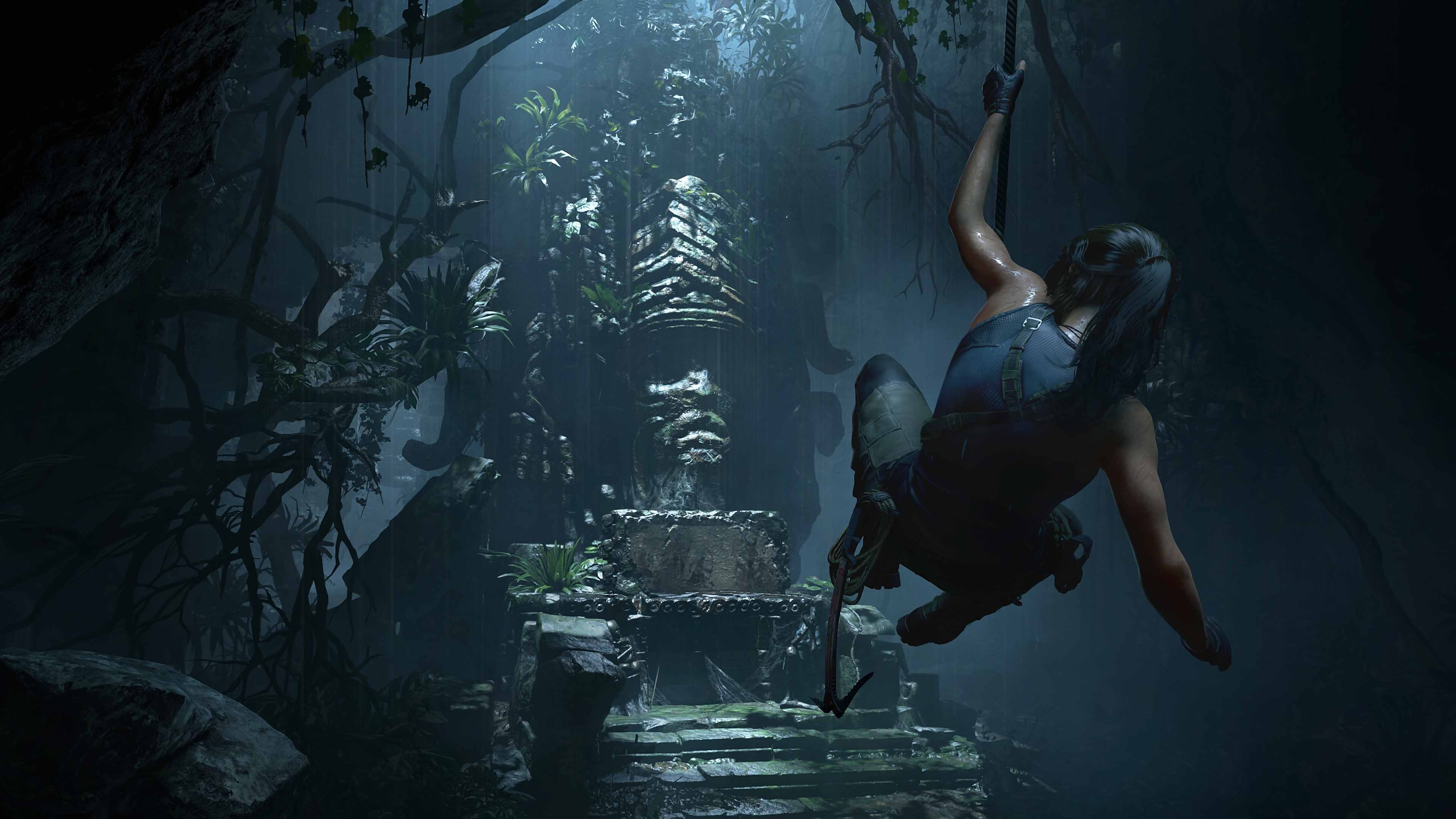
A few months ago, GPU powerhouse Nvidia started throwing around a buzz term that sounded like it came straight out of science fiction: ray tracing. It wasn’t immediately clear what ray tracing was, but according to Nvidia it would make certain new and upcoming games look even prettier, so PC gamers were quick to embrace it.
If you’re not a hardcore PC gamer, you might still be wondering just what ray tracing is and why it’s such a big deal. It can be a challenge to explain without getting lost in the deep weeds of graphics rendering, but there are some basics every PC enthusiast should know.
What is Ray Tracing?
The first thing you should know about ray tracing is that, despite all the hype and excitement about the concept recently, it’s actually not that new. In fact, the concept of ray tracing is roughly 50 years old as of this writing, having been first posited in a research paper written by an electrical engineer named J. Turner Whitted way back in 1979. In his paper, Whitted, who was building off an even earlier “Ray Casting” concept paper written by Arthur Appel in 1968, explained how algorithms could be used to recursively calculate and trace rays of light in order to render 3D images, shadows, and reflections in real time.
Thanks to advancements in modern technology, ray tracing has become a more prevalent practice in not only video game rendering but also animated filmmaking. Again, the technical rabbit hole behind ray tracing is quite deep, but it basically involves rendering and generating 3D images by tracing and analyzing paths of light.
Think about how the human eye processes light, shadow, and reflections in real time and you’ll get an idea of how ray tracing works. Ray tracing algorithms can detect when light sources hit objects, and then generate data based off those calculations. Since the process of ray tracing is so minute and focused, it allows for some incredibly detailed effects, as you’ll surely notice whenever you watch a recent animated film or a movie with heavy CGI effects.
How does Ray Tracing affect PC games?

Up until now, the rendering of 3D graphics in video games has mostly involved a process called rasterization. I know that sounds like another made-up word, but I promise it’s a real thing. Rasterization is the process of taking 3D images and then rendering them as pixels in a 2D plane. It’s a much easier way to render video game graphics, but rasterization can’t incorporate highly detailed lighting and shadow effects (like the kind generated through ray tracing) without the help of integrated shaders.
The problem is that ray tracing is a much more complex and taxing process than rasterization. The sheer amount of computing power needed for ray tracing means it has never really been a feasible option for rendering real-time graphics (like those found in video games). However, with new technological developments coming from companies such as Nvidia and Microsoft, ray tracing is slowly gaining viability in the PC gaming space. It’s highly unlikely that ray tracing will ever fully replace rasterization, but the two will have a more harmonious relationship when it comes to video game development.
For now, ray tracing is only contributing to certain PC games in minor ways. Again, because of how taxing ray tracing can be, game developers have to slowly and carefully integrate it into their existing graphics algorithms, and we’re still in the very early days of the technology. In Battlefield V, for instance, ray tracing only affects the game’s surface reflections, and even then only to a small noticeable degree. The effects in Shadow of the Tomb Raider are more widespread and impressive, but we have so far only really seen those in action in tech demos, not on home PCs.
Some PC gamers may see ray tracing as just another marketing buzz word, and for the moment there’s a lot more excitement and possibility around the technology that actual at-home results. But game development is an ever-evolving field, and it’s not hard to imagine that ray tracing will gain more prominence over the coming years. Again, the actual difference ray tracing makes probably won’t be that significant, but there’s no denying it willhelp in creating video game worlds that feel both immersive and realistic.
If you’d like to really dive into ray tracing’s technical weeds, PC Gamer has an excellent article that’s full of technical details, terminology, and in-depth explanations.

